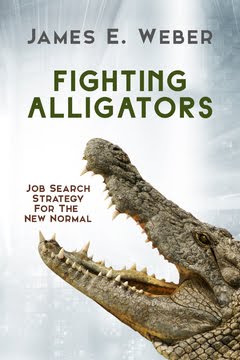by David Shavzin
“Procrastinate now, don’t put it off” ~ Ellen DeGeneres
Ah, procrastination! I have put off writing this blog for too long. But why?
“Never put off till tomorrow what may be done the day after tomorrow just as well.” ~ Mark Twain
Consequences
In business, decisions don’t get made and actions are not taken. Your business may continue to grow a bit each year, it may stagnate. Even with some growth, it will not achieve the revenue levels that you want. And, lack of action over time will seriously and negatively impact the value of your business when you are ready to sell and move on to your next activity. Your exit planning and succession planning never get started.
“Whatever a person’s comfort zone, they pay a huge price for staying inside it. It’s a shrunken world where ideas, opportunities, and new relationships can easily pass us by. Worst of all, procrastinators squander the most precious asset a human can have: time.” https://greatist.com/happiness/how-not-to-procrastinate-reason-procrastination *** I encourage you to read this article!
Why DO We Procrastinate?
Scared? Scared of failure? Or, scared of Success?
“We are so scared of being judged that we look for every excuse to procrastinate.” ~ Erica Jong, Seducing the Demon: Writing for My Life.
Success can be scary. In business, it takes us up a level of complexity. More people depend on us – family, employees, suppliers. And there is a risk. If I am not successful, what will happen? Could I lose money, could my business get out of control? There is a risk in everything we do! Assessing, mitigating and preparing is key, that’s where risk gets reduced.
I Am Not One of Those Entrepreneurs
We tend to think that “entrepreneurs” create magic and that everything they touch turns into sales and profits, right? Isn’t that part of the silly perception we have of successful company founders? Especially the ones that grow so quickly?
The reality is that they:
- Gather good people around them.
- Work hard.
- Make big mistakes – but learn from them.
- Manage risk – they don’t jump blindly into seriously risky situations.
- Understand consequences and therefore lower the risk involved in what they are doing.
Not sure what to do?
Scarlett O’Hara’s line is often shortened to: “I can’t think about that right now. If I do, I’ll go crazy. I’ll think about that tomorrow.” But the next few words are: “But I must think about it. I must think about it.” ~ Margaret Mitchell, Gone with the Wind
“Lack of motivation for a task is a commonly given reason…Starting a task is the real motivator, rather than motivation needing to be present prior to beginning. Often just taking the first step, regardless of how small, can serve as an inducement for further action.”
https://www.k-state.edu/counseling/topics/career/procras.html
Just take the first step! No, it’s not closing your eyes and jumping into the pool. It is making sure there is water in the pool – but then, yes, jump in!
************************************************************************
More Reading on Procrastination
http://www.successconsciousness.com/guest_articles/procrastination.htm
David Shavzin, CMC
Shavzin and Associates, Inc.
Valuation, Succession / Exit Planning, Building Value for Sale
Atlanta, Georgia
770-329-5224
Our BLOG
dshavzin@shavzinassociates.com
www.ShavzinAssociates.com
Thank you for visiting my blog. I hope you enjoyed my point of view and would like to receive regular posts directly to your email inbox. Toward this end, put your contact information on my mailing list. Your feedback helps me continue to publish articles that you want to read. Your input is important to me so; please leave a comment.
Jim Weber, Managing Partner
ITB Partners
Jim.Weber@itbpartners.com
Author of: Fighting Alligators: Job Search Strategy For The New Normal
Current Assignments
1. COO- Atlanta-based Casual Dining Restaurant Company - New
2. Controller - Atlanta-based Consumer Products - Digital Company - Completed
3. Director of Biz Dev, Atlanta-based B2B Professional Services Company: Completed
4. Payroll-Benefits Manager, Atlanta-based Retail Company: Complete
5. Senior Accounting Manager – Atlanta-based Manufacturer. Complete
6. Controller - Atlanta-based Restaurant Company: New
7. Outplacement Assignment - Atlanta-based Manufacturer: Complete








